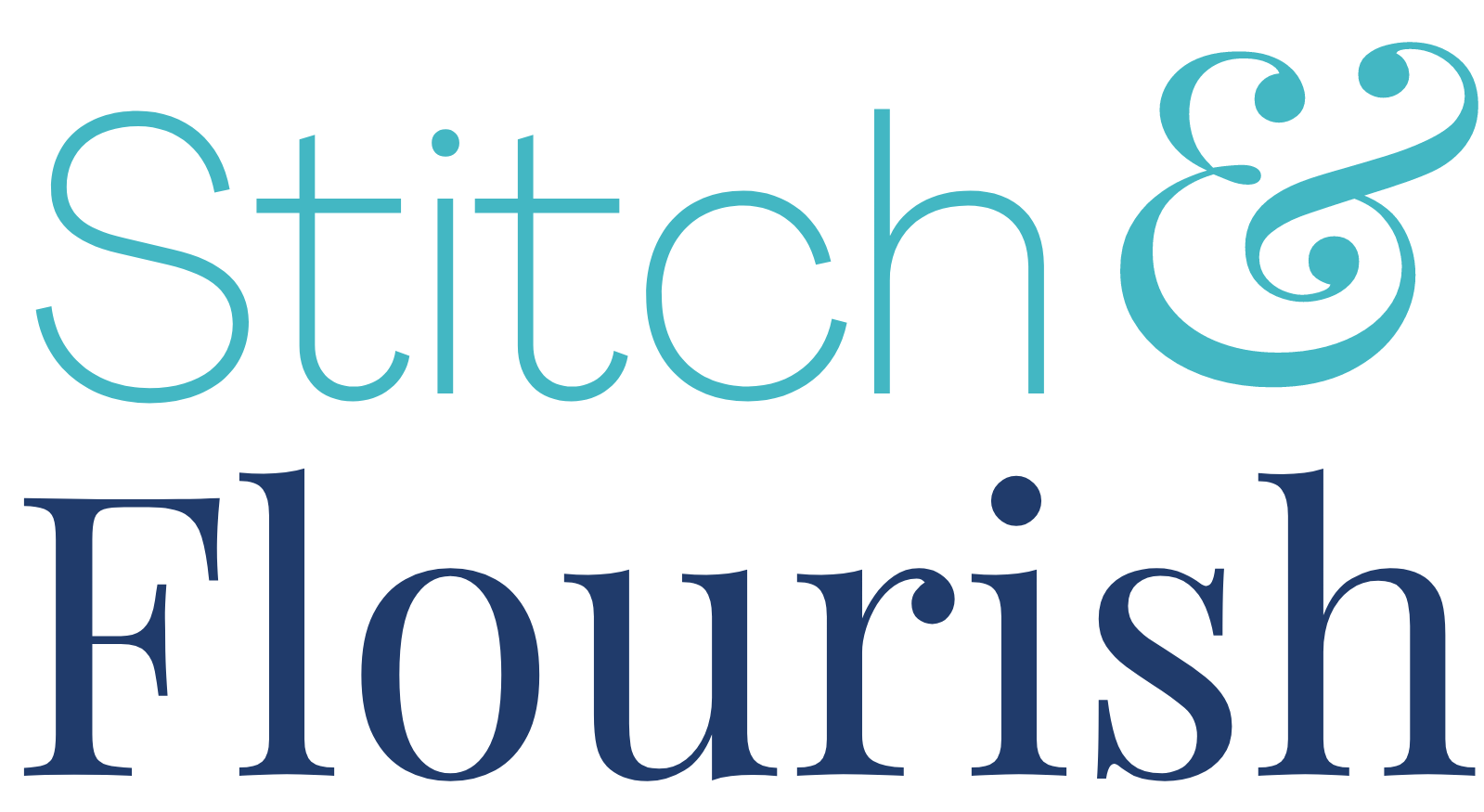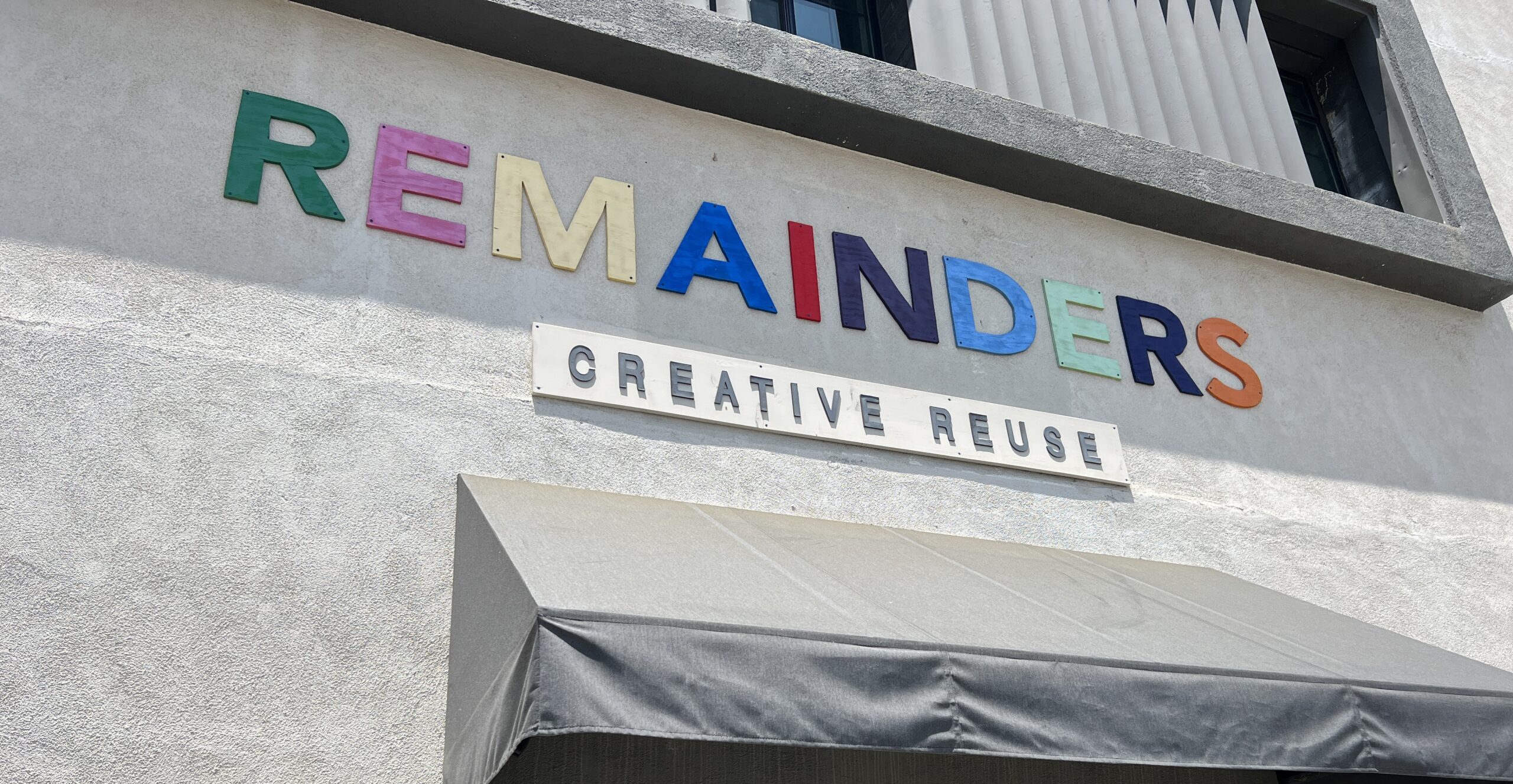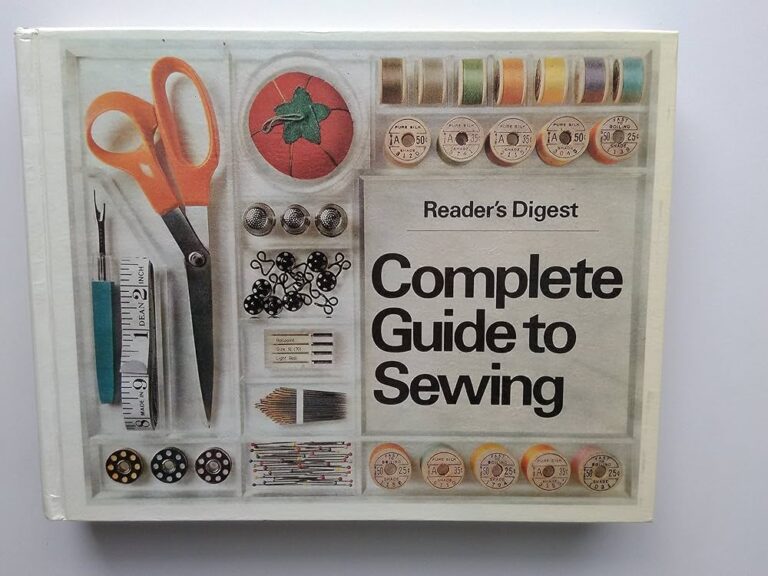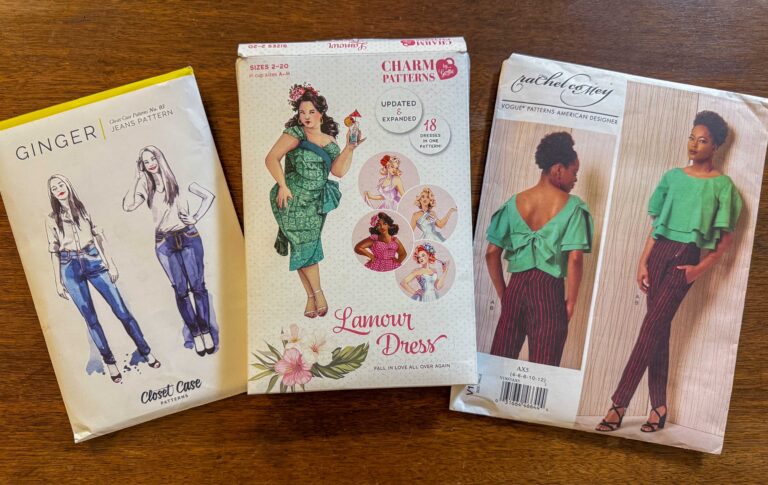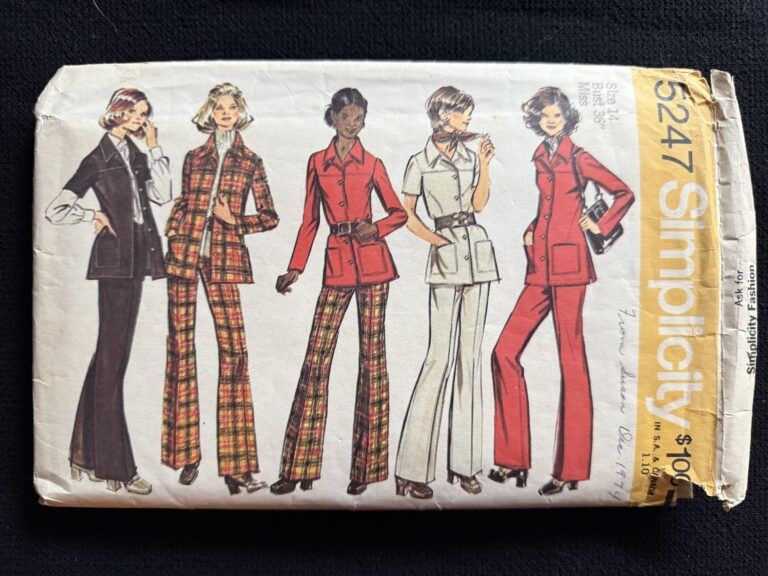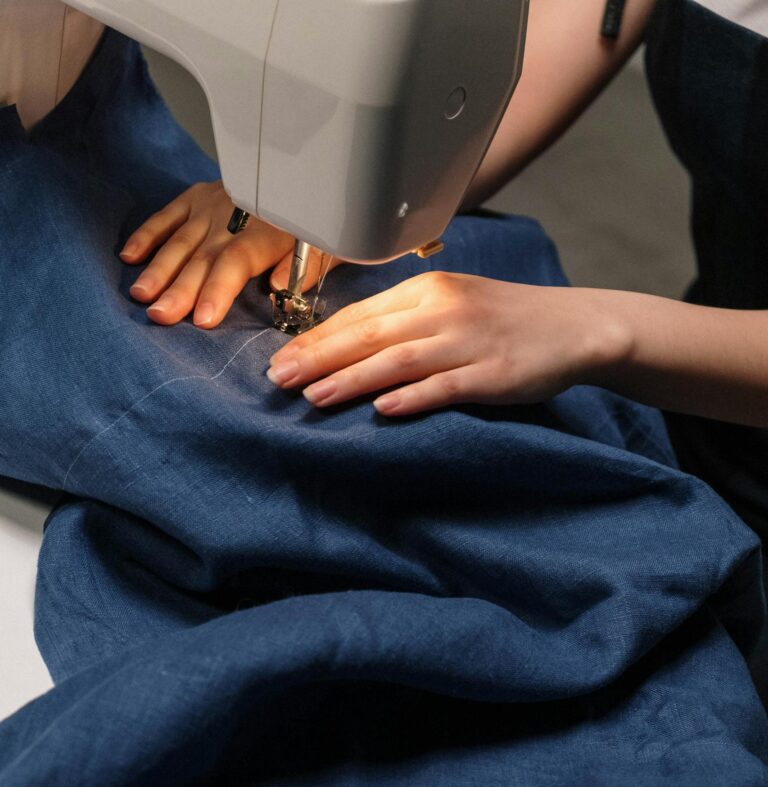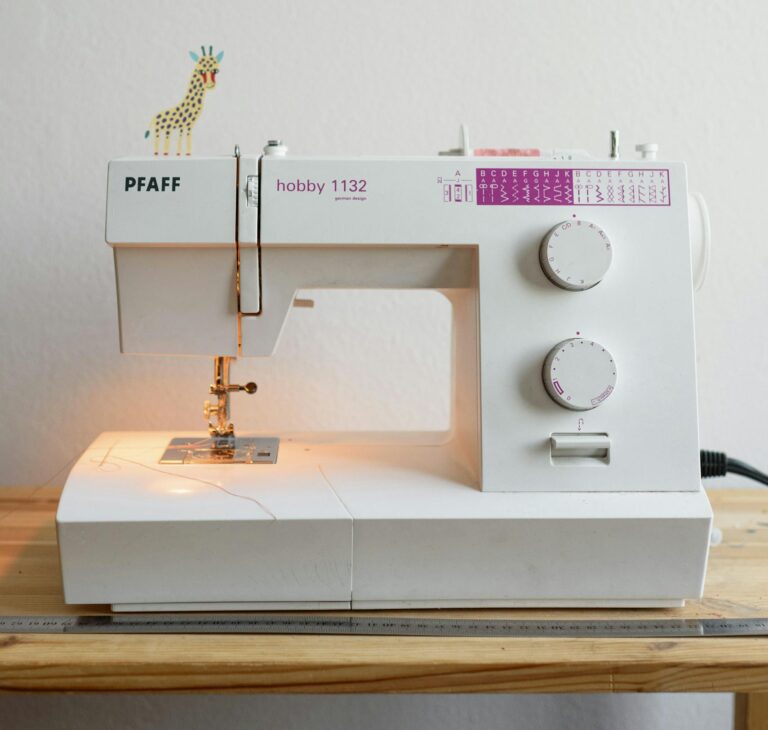Don’t Get Lost at the Fabric Store: A Guide to Choosing the Right Fabric for Your First Project
So, you’ve picked a pattern. You’re excited. You’re ready to make something with your own two hands. You get to the fabric store, and then—BAM—shelves upon shelves of fabric, all whispering, “Pick me! Pick me!” It’s overwhelming. But don’t worry—this guide will help you choose the right fabric for your project.

Start with the Pattern (Seriously, Don’t Skip This)
Before you get lost in a sea of beautiful bolts of fabric, take a breath and check your pattern envelope. Somewhere on there you’ll find a section for suggested fabrics or fabric recommendations. If you want your finished project to look and behave like the sample photos, you’ll want to choose a fabric that fits the bill.

Patterns are designed with specific fabrics in mind. If the pattern recommends lightweight wovens, but you grab a heavy upholstery fabric because the print is cute, you’re setting yourself up for frustration.
The Best Beginner-Friendly Fabrics
If this is your very first sewing project: 100% cotton fabric is your best bet. It’s easy to cut, easy to sew, and doesn’t try to slither away from you mid-stitch (looking at you, rayon challis). Here are some solid choices:
1. Quilting Cotton: The Reliable Bestie
- Found in every fabric store, often in fun prints.
- Crisp, stable, and won’t stretch out of shape while you sew.
- Downsides? It’s not the drapiest fabric, meaning garments might feel a bit stiff at first. Perfect for things like tote bags, aprons, or structured shirts and dresses.
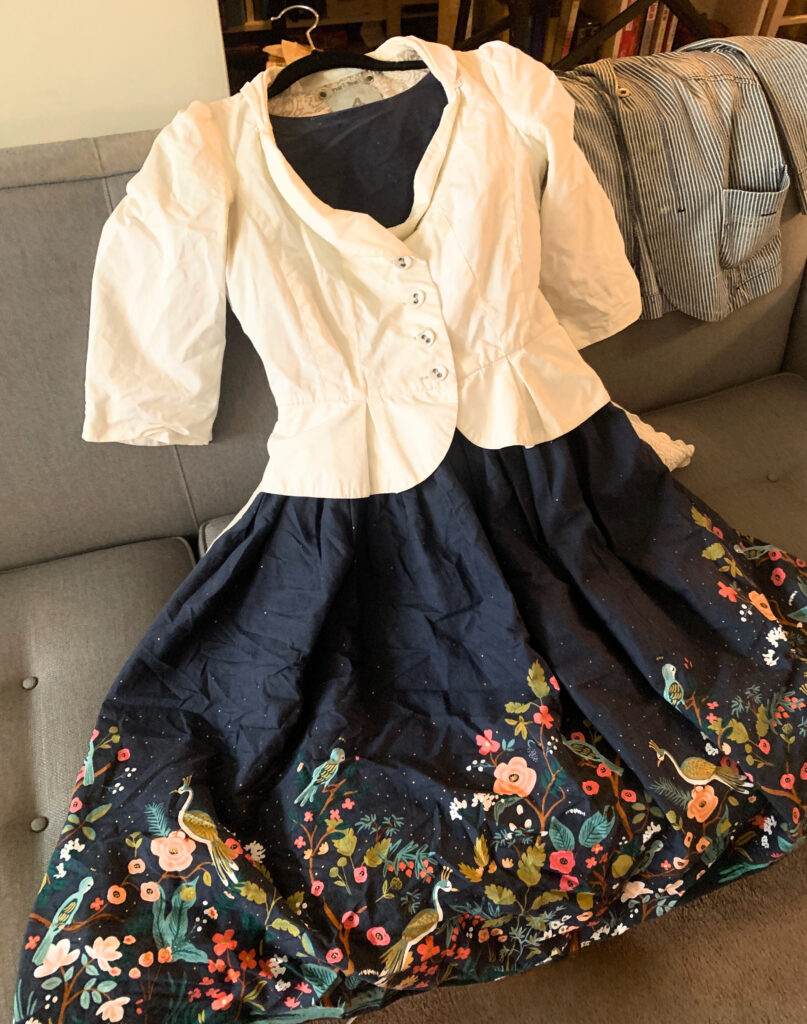
2. Cotton Poplin & Cotton Lawn: The Softer Side of Cotton
- A step up from quilting cotton in terms of softness and drape.
- Poplin is smooth and lightweight, while lawn has a slightly sheer, airy quality.
- Great for breezy tops, skirts, and dresses that have a bit more flow.
3. Cotton Voile & Cotton Batiste: Delicate But Doable
- Lighter and drapier than poplin or lawn but still beginner-friendly.
- Voile has a slight sheen, while batiste is ultra-soft. Both work beautifully for blouses and summer dresses.
- Trickier than quilting cotton but nowhere near as slippery as rayon or silk.
4. Denim: The Tough but Friendly Workhorse
- Medium-weight denim (like an 8–10 oz) is a great choice for beginners making simple skirts, dresses, tote bags, or aprons.
- It’s stable, doesn’t shift around like slippery fabrics, and holds its shape well.
- Important: You’ll need a size 14 or 16 needle (denim/jeans needle) and a machine that can handle thicker seams.
- Avoid super-heavy denim (like 12 oz+), which can be tricky for domestic machines.
Solids vs. Prints: What You Need to Know
Once you’ve picked your fabric type, you’ve got another decision to make: solid or print? Here’s how to choose wisely:
Solids: The Easiest Choice
- No need to worry about pattern matching—just cut, sew, and go.
- Great for highlighting the design and structure of a garment without distractions.
- Perfect for beginners who want to focus on sewing technique rather than pattern placement.
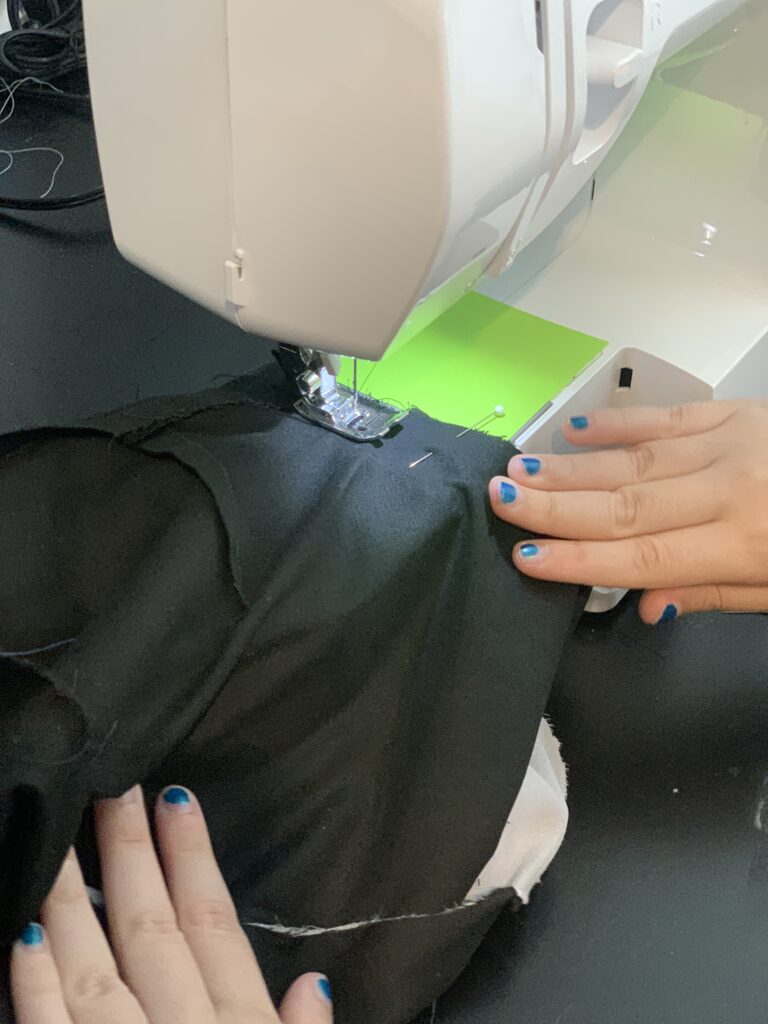
Small Prints: A Fun, Low-Stress Option
- Tiny florals, polka dots, or abstract prints can add personality and visual interest without extra effort.
- Unlike large prints or plaids, small prints usually don’t require precise matching at the seams.
Plaids, Stripes, & Large Prints: Skip for Now
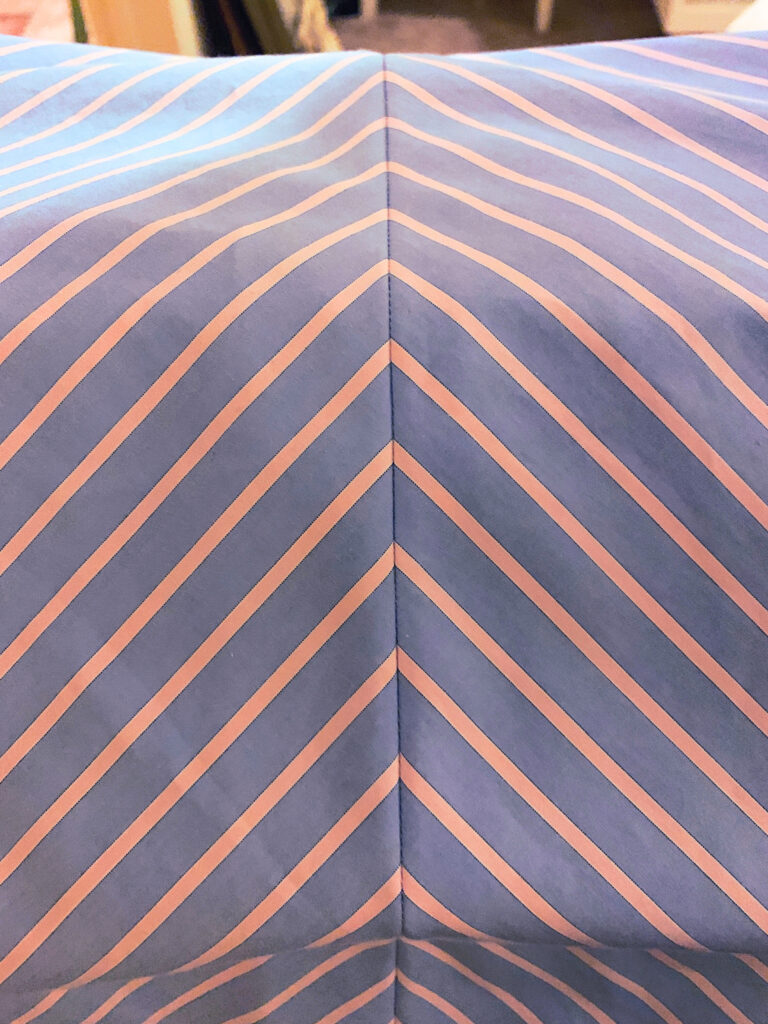
- Large-scale designs, plaids, and stripes typically need to be matched at the seams for a polished look.
- This requires extra fabric, careful planning, and more sewing precision—skills best tackled after a few projects under your belt.
- If you’re feeling adventurous, pattern matching is definitely doable, but expect some added complexity.
Fabrics to Save for Later (Unless You Like a Challenge)
Some fabrics just don’t like to behave, and as a beginner, you want your fabric to cooperate, not stage a rebellion. Here’s what to approach with caution:
- Rayon Challis – Gorgeous and drapey, but shifty and slippery. It moves around while cutting and sewing, making it frustrating for beginners.
- Silk, Satin, Chiffon – Slippery, frays easily, and may make you question your life choices. Gorgeous? Yes. Beginner-friendly? Not really!
- Slippery Polyester Fabrics – These can be staticky, hard to cut evenly, and tend to fray. Think polyester charmeuse or crepe.
- Velvet – Looks and feels luxurious, but the pile (that soft, fuzzy surface) shifts around while sewing, making it difficult to control. Even experienced sewists struggle with velvet!
- Knits (Jersey, Rib, Ponte) – All of the fabrics I’ve recommended are woven fabrics, meaning they’re made by weaving threads together in a crisscross pattern. These fabrics don’t stretch much and are stable, making them ideal for beginners. Knits, on the other hand, are made by looping threads together (like in a T-shirt), which gives them stretch. Sewing knits requires different techniques and tools, so for now, stick with wovens to keep things simple.
My First Fabric Disaster: A Lesson in Choosing Wisely
An early project of mine was a black and white striped velvet scarf (I wish I had a photo!!). What I didn’t realize? Velvet has a mind of its own. It slid, stretched, and shifted so much that I spent more time wrangling fabric than actually sewing. It was amazing and I loved that scarf, but lesson learned: I would have been better off with fabric that behaves itself!
The Final Decision: Feel It, Hold It, Love It
Once you’ve narrowed it down, touch the fabric. Hold it up and drape it over your arm. Imagine wearing it. If it feels stiff and doesn’t move the way you want your garment to, it might not be the right choice. If it feels soft and comfortable but still has enough structure to be easy to sew, you’re golden.
One Last Tip: Wash Before You Sew!
Pre-wash your fabric exactly how you plan to wash your finished garment! Cotton fabrics often shrink after the first wash, and you don’t want your perfectly sewn garment turning into doll clothes after one trip through the laundry.
Fabric Selection Quick Reference:
✅ Check the pattern’s suggested fabrics section first.
✅ Choose 100% cotton fabric for a project that won’t turn into a battle.
✅ Stick to solids or small prints to avoid complicated pattern matching.
✅ Avoid stretchy, slippery, or ultra-drapey fabrics.
✅ Consider denim, but make sure your machine and needles can handle it.
✅ Feel the fabric—does it move the way you want your garment to?
✅ Always pre-wash your fabric before cutting and sewing!
